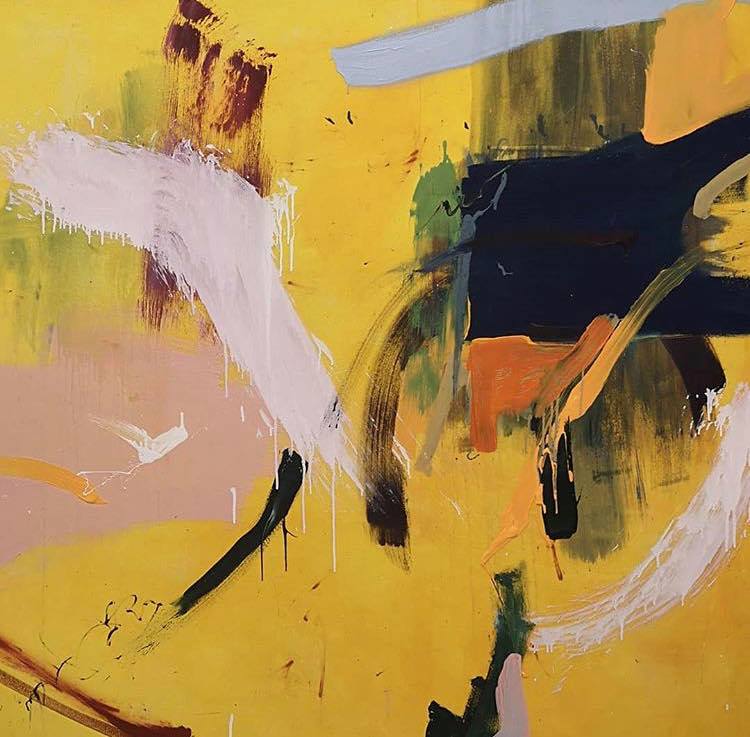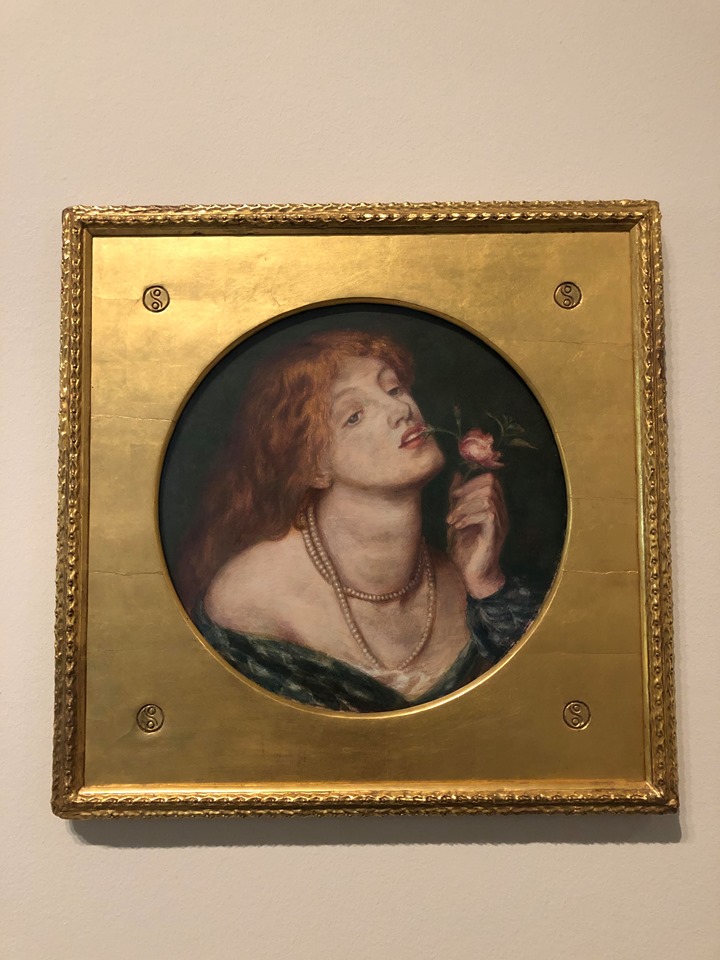 In recent years ‘i’ art has been filtering into the mainstream. Art practitioners are increasingly looking to modern technology in their creative ventures. David Hockney, one of the worlds most acclaimed artists, has always explored new creative avenues with technology.
In recent years ‘i’ art has been filtering into the mainstream. Art practitioners are increasingly looking to modern technology in their creative ventures. David Hockney, one of the worlds most acclaimed artists, has always explored new creative avenues with technology.
From experiments with polaroid’s to film installations, Hockney isn’t one to be left behind by technology; at the ripe old age of 74 he is using the iPhone and iPad to ‘paint’ on the app ‘Brushes’. Since first experimenting with drawing on the iPhone in 2008, Hockney has become an advocate of this new way of working, he even has his suits specially designed with an iPad shaped pocket!
Earlier this year an exhibition of Hockney’s recent works, titled ‘The Bigger Picture’ opened at the Royal Academy. This exhibition featured a selection of works ranging from Hockney’s oil paintings, to artworks drawn on an iPad. In October 2011 ‘Fresh Flowers’, an exhibition dedicated solely to Hockney’s iPad and iPhone drawings, went on show at the Royal Ontario Museum in Canada.
The works were displayed on iPhones and iPads instead of canvases. Whilst the exhibition ran, the museum website released collectable Hockney artworks available for download. This raises one of the issues of how ‘i’ art can be problematic. How are these digital artworks valued for example? They are not unique as they are endlessly reproducible and exist as files rather than physical objects.
We live in a digital age so arguably‘i’ art is a natural progression. Artists often look for quicker and more convenient methods of painting; the great painter Turner used watercolours instead of oils because they produced quicker results. However I do feel that Hockney’s‘ipaintings’ are the weakest in his body of work.
They appear quite flat, clumsy and the colours aren’t as vibrant as in his other work. Hockney’s ‘i’ works started as doodles that he sent from his iPhone to friends, now they are displayed on the walls of a gallery. Just as Picasso was known to scribble on napkins and use them to pay for his restaurant bills, Hockney gets away with putting his iPhone doodles into his blockbuster exhibition. Ironically, Hockney said that he believes Picasso would have embraced the iPad.
Perhaps I am a total technophobe but it seems that the incorporeality and instantaneousness of iPad art takes something away from the ritualistic, tangible process of an artist preparing to paint; the careful choosing and mixing of pigments, the stretching of the canvas. If art is going digital this may just be the tip of the iceberg. Where do we draw the line? Do we draw it at artworks existing as files in cyber space? Or at virtual exhibitions that extinguish gallery culture and tradition? Experimentation is nothing to be sniffed at but when it comes to iPad art, I believe there will always be more beauty in putting pen to paper.




